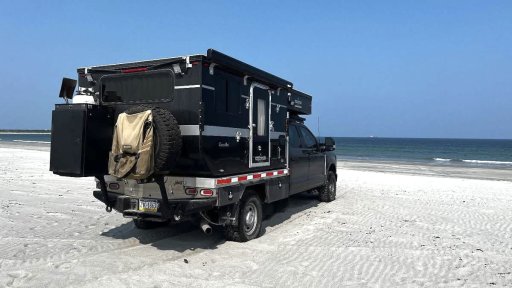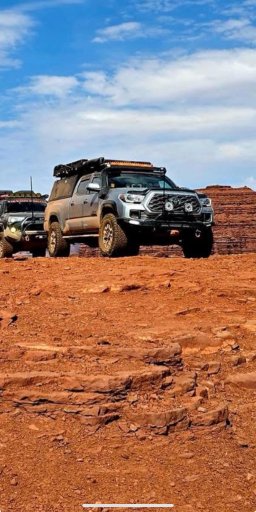I too, cannot bring myself to purchasing high end shocks with external reservoirs that need to be rebuilt every 50K miles or so
Realistically, a street shock is no longer at 100% at around 20k miles. 50K their most likely below 40%. That's street driving. With dirt, everything is considered half life. Not just shocks. This info was from a guy I knew who worked for Monroe shocks. He would come down to my school a few times a year and give seminars for my students. He had custom acrylic shocks made so you could see how the diffrent designs worked. They were real cool.
A shock that's properly sized for a stock street vehicle will see extended life from something higher end and (or) bigger diameter. Heat is the killer. you need more oil, more nitrogen, aluminum body is a bonus.
Pretty much all the aftermarket, name brand shocks run the same valve's. Their small steel disks that you stack. More disks, more restriction. They flex some. If you want a visual, think 2 stroke engine reed valve's.
I've been told (never tore down a cheap shock) that some factory and low end shocks can run plastic valves.
What are your thoughts on the 5100/4600s
One of my Jeeps had 5100 Bilstein's. The valving was close enough to what I needed and they were aluminum body (plus/plus). My only complaint was I couldn't tune them and I needed reservoirs but couldn't afford them, but as I said, they were close enough for that particular build.
A side note on Icon. Icon is primarily Toyota. The Icon system I have on my Tacoma is a TRD pro spec with the valving leaning more toward off road than street. So tuned for a moderate lift with 32"-33" tires. This is how they come, I didn't need to re-valve them. I had the truck up to 55mph on dirt and that was about the limit of the shocks. I don't drive that fast so I'm good. Street wise their slightly stiff but I like it. When it comes to non Toyota, their stuff will be as close as everyone else's shocks.
You can send an email to the diffrent shock manufactures with your specs and see what they recommend. Do not contact and off-road store. They will just give you whatever they have laying around and not what you need.
Personally, I would just throw some 5100's on it and see what happens.








